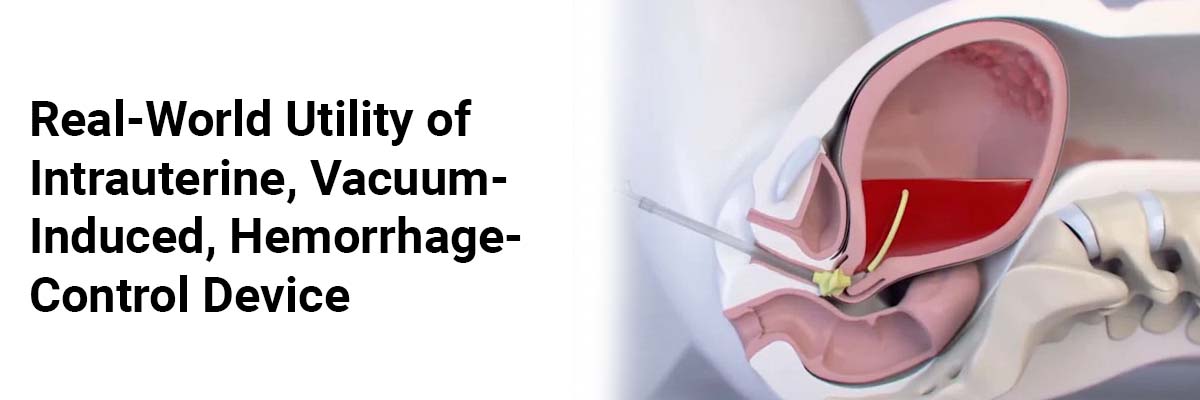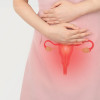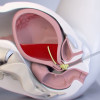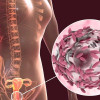
 IJCP Editorial Team
IJCP Editorial Team
Real-World Utility of Intrauterine, Vacuum-Induced, Hemorrhage-Control Device
A study aimed to evaluate the practical effectiveness and safety of an FDA-cleared intrauterine vacuum-induced hemorrhage-control device for managing postpartum hemorrhage (PPH) in real-world settings.
A multicenter observational study was conducted across sixteen U.S. centers, and medical records from 2020 to March were reviewed. The primary outcome assessed was treatment success, defined as achieving bleeding control post-insertion without treatment escalation or recurrence. Additional outcomes included blood loss, time-to-device insertion, indwelling time, bleeding recurrence, and time-to-bleeding control. Treatment success and measures of severe maternal morbidity were evaluated based on blood loss before insertion.
Overall, 800 individuals were treated with the device – 530 vaginal births and 270 cesarean births, and 94.3% experienced uterine atony. Median total blood loss at device insertion was 1,050 mL for vaginal births and 1,600 mL for cesarean births. Treatment success rates were 92.5% for vaginal births and 83.7% for cesarean births (95.8% and 88.2%, respectively, in isolated atony). Median indwelling times were 3.1 hours and 4.6 hours, respectively. Among vaginal births, 14 SAEs were reported in 13 individuals (2.5%), while cesarean birth cases had 22 SAEs in 21 individuals (7.8%). Three SAEs (0.4%) were deemed possibly related to the device or procedure, while no uterine perforations or deaths were reported.
To summarize, this study affirms that, in real-world birth situations complicated by PPH, the FDA-cleared intrauterine vacuum-induced hemorrhage-control device efficiently and safely manages bleeding. The findings emphasize the device's significance as a crucial tool in addressing a leading cause of severe maternal morbidity (SMM) and maternal mortality, highlighting that timely utilization may contribute to improved outcomes.
Source: Goffman D, Rood KM, Bianco A, Biggio JR, Dietz P, Drake K, Heilman E, Hopkins M, Jones MD, Katz T, Martin C. Obstetrics & Gynecology. 2022 May 5:10-97.

IJCP Editorial Team
Comprising seasoned professionals and experts from the medical field, the IJCP editorial team is dedicated to delivering timely and accurate content and thriving to provide attention-grabbing information for the readers. What sets them apart are their diverse expertise, spanning academia, research, and clinical practice, and their dedication to upholding the highest standards of quality and integrity. With a wealth of experience and a commitment to excellence, the IJCP editorial team strives to provide valuable perspectives, the latest trends, and in-depth analyses across various medical domains, all in a way that keeps you interested and engaged.





















Please login to comment on this article